|
by Jessica Ratrh When I lived in Abiquiu (2000 - 2009) I visited Plaza Blanca almost every day. The weird rock formations which looked like spires and steeples reminded me of European castles. Some other crags looked like giant kings and queens. But most of all, the white sandstone cliffs gave me the feeling of a motherly embrace, warm and nurturing. When I went there by myself, I wouldn’t venture forth too much but stay close to the existing paths. But when a friend came along, we could explore more and hike further up. One time in 2008 we made it over a crest and when looking down we didn’t believe our eyes – there were paths, low walls, steps etc. similar to the ruins at Bandelier for example – but there was no historic site, nobody had ever lived there, as far as we knew. The remnants of a Native American pueblo wouldn’t be so hidden away, and when we looked closer, our discovery didn’t look very old. But what was it? I asked some local people, but nobody knew what I was talking about. Which confirmed that we hadn’t discovered any old ruins but something that was built recently – earth art? And then I found the right person, quite by accident. It turned out that a software developer from Nebraska was looking for several hundred acres of undeveloped land near Abiquiú, and I had stumbled upon the man who had helped him find the right property. I also found a dirt road that led to the area, which allowed me to explore the rock walls and pathways I had seen from above more closely. I went back several times, taking lots of pictures. Clearly, whatever had been built here had not been finished. We found walls which looked like the foundations for buildings, lots of pathways lined with rocks, steps that went higher up. Other sections looked like amphitheaters, with ascending rows of seats around an area in the middle. We saw circles made out of rocks. One stone structure looked like a Native American kiva, with steps leading down into a walled circular space with a seating row all around. In the middle was a fireplace, or maybe a sípapu. By far the most peculiar find was an outdoor shower and a restroom area. If nothing else, this was a sure indication that all this had been built quite recently. It looked so out of place in the beautiful landscape and made me wonder how anybody could just leave it like that. Most of the fixtures were gone, but one could clearly tell they were shower stalls, and another section had separate bathrooms. The big question remained unanswered: what was this supposed to be? Why was it left unfinished? It took a lot of research, but I finally arrived at some vague, if incomplete, picture. It is a rather sad story, and I had doubts whether I should write about it or not. But it is a part, if ever so short, of Abiquiú’s past. And it is an interesting story, telling of unfulfilled dreams, lofty visions, and broken promises. I decided to leave out any names. So, here is what I could gather. In 1993 the owner of several software companies who came from Nebraska bought about 500 acres of land on the west side of Plaza Blanca. He wanted to create a learning and retreat center where managers and other professionals with stressful jobs can unwind and get in touch with their inner selves. In addition, he was interested in Native American culture and wisdom. His project sought to combine these two areas. He had initial meetings with a number of Native American Elders with a promise to develop a culturally relevant plan with thoughtful phases for an off-grid learning center where people could experience models for sustainable living, based on Indigenous cultural life-ways and land wisdom. Art was supposed to play a major part, and an outdoor-gallery was created where the sculptures of Native American artists could be displayed. The software engineer who planned all this brought in stone masons from Mexico, and they built the pathways, walls, the kivas, the shower facilities – everything that is still visible today. And then he installed electricity. The remnants can be found here and there, and look decidedly odd in the landscape. Electricity was not part of the original plan, it did not align with the goals which were established in collaboration with the Native American Elders. But the organizations and corporations and business operations which were supposed to send their team members to participate in the retreats offered in the future – would they survive without electricity? Without hot water? Quite unlikely. And thus, the beautiful dream came apart. A huge billboard with the name of the project was erected at the entrance of the property. The whole project was turning into a commercial enterprise, and the Elders and Native Americans who had shared their time and wisdom and support felt betrayed, because they had not been consulted about this new direction. I don’t know what exactly happened and if there were other factors, but the work stopped, the man sold the land and left. The landscape is so utterly beautiful that it might have been a blessing in disguise – what if some of the future participants would have arrived in their private helicopters? Would there have been cell towers so that participants could talk on their phones whenever they wanted? And based on the weird shower stalls, who knows what other ugly buildings might have been erected? This is idle speculation of course, but the fact remains that despite its lofty ideals this project was designed for IT specialists and people working in computer technology; or better: people who expect a certain comfort and ease of living. This happened just about 30 years ago. I don’t know who owns the property now, maybe the Dar-al-Islam educational center. It is strange to witness the remnants of dashed dreams, but I’m confident that this section of Plaza Blanca will sooner or later return to its pristine beauty. Wind and rain will take care of that.
19 Comments
Image: Pepe, Credit Brooks Coe Shea
By Hilda Joy Reprinted from December 2018 Abiquiu got to be a better place when Diana Coe moved here from Colorado. She quickly became an integral part of our community and was loved by all. Among Diana’s horses and donkeys was Pepe, a miniature donkey whose forebears originated on the Island of Sicily, off the coast of Italy. This breed of donkeys is known for its gentle disposition and for having a cross on the back of the animals. Pepe certainly was gentle and often gave rides to children on his cross-marked back at community events to which Diana took him and donated his services. “Pepe is a celebrity,” Diana would boast as she fondly scratched him behind the ears. Pepe immediately came to mind when fellow mayordomo Ray Trujillo and I learned that we were in charge of the annual Christmas posadas that started out each year in Abiquiu’s church, Santo Tomas el Apostol. We learned of our responsibility from our pastor, Father Joseph Vigil, just a few days before the first posadas, and the very first thing we did was to call on Diana, who happened to be home, to ask if we could have Pepe carry the young girl, who would portray the Blessed Mother in the procession before Mass. Diana thought it was fitting that this breed with the cross on its back would carry Mary, and she said, “Yes.” Our second step was to recruit young parishioner Christina Crim to portray Mary and to ask her to ask a fellow student to portray St. Joseph to accompany her during the procession. She did, but he was a no-show, so Christina’s mother Erma pressed into service another young man, Matteo Garcia, who asked, “Do I have any speaking lines?” The third step was to call a number of people and to ask them to bring food for the after-Mass potluck in the gym, which we quickly set up with tables covered with green cloth and red ribbon and pots of poinsettias that someone had donated to the church. Father was so thrilled when he learned that we would have a live donkey carry Mary that he asked us to have the procession go throughout the church plaza before evening Mass. The night of the first posadas, however, turned brutally cold with a strong bitter wind sweeping across the plaza. Father Joseph said that he did not want anyone to get ill and directed us to walk only a few feet from the library across from church. Diana parked Pepe’s trailer there, and, when he emerged from it, we could tell that he realized that something special was about to happen. He stood patiently and proudly as he awaited his passenger. When Christina got close to Pepe, she became frightened, saying, “I don’t do donkeys.” Her dad Allen stood on one side, and on the other side Ray picked her up and set her on Pepe, who immediately made Christina feel so much at ease that with a smile she said, “I can do this.” With silent St. Joseph at her side and with Diana leading and Ray following, the group processed to the front door of our church. Inside, the church was dark, lit only by the altar candles. St. Joseph knocked on the door, and the choir outside sang the traditional request for a room in the inn. Pepe cocked his head and looked at the choir and listened. Then the congregation inside sang its traditional denial. When Pepe heard the singing inside, he lunged toward the church door as if he wanted to enter. The choir outside and the congregation inside repeated the request/denial verses about a half-dozen times, and Pepe paid attention to each group, again lunging toward the door each time he heard the singing inside. Finally, the innkeeper opened the door, the congregation changed its tune to one of warm welcome, and the church lights and the Christmas-tree lights were turned on. Pepe immediately felt that he needed to be a part of this celebration and charged into church and headed toward the main aisle with Diana holding Pepe on one side and Ray securing Christina on the other side of the happy animal who then fell into a dignified gait as he headed to the front pew. Surprised congregants were saying, “Look. . .that is a real live donkey!” Father Joseph and I were the last to enter, and I said to him, “Father, this was not planned,” and he replied with a laugh: “It’s okay. It’s wonderful.” And it was. Amen. Another time, Diana brought Pepe to our parish’s annual Fiesta de Santa Rosa de Lima, which occurs every August, so that Pepe could provide rides for delighted children. Thank you, Pepe. Thank you, Diana. May you rest in peace with our heavenly Father. Hilda M. Joy April 2016 Posadas Afterword: My first Christmas season in Abiquiu, I attended my first posadas in Canones with Agustin and Merlinda Garcia and with Alfonso and Ninfa Martinez. It was a very cold, clear dark night, and the stars were enormous. After the church service, we were welcomed to a dinner of posole, which really took off the chill, and other posadas delights in the gaily decorated church hall. On the way home, Agustin asked, "So, Hilda, what did you think of your first posadas?" I replied that I thought it was all wonderful except for one thing---NO LIVE BURRO! He said they were hard to find, and I said that if ever I were responsible for a posadas, I would find one. In Pepe, I did. ~Jessica Rath Got ya – you probably thought of chile. But that’s not what I mean, the topic of this article is: grapes. The grapes used for wine-making. Did you know that the first wine-making grapes in the U.S. were grown in New Mexico, not in California? And did you know that the initial reason for producing wine was the Catholic Church? When the Spanish colonists settled in the Americas, including what is now New Mexico, several Catholic religious orders built churches and established missions so they could convert the indigenous populations. Franciscan monks followed the colonists to the upper Rio Grande valleys and to Santa Fe which in 1610 became the capital of Santa Fe de Nuevo México, a province of New Spain. The monks had to celebrate a daily mass, and for the sacrament of the Holy Communion they needed wine – which had spent many months on galleys coming across from Spain, then overland to Mexico City, then from there via trade routes up to the Santa Fe province. The wine was shipped in caskets with lead tops, which was probably poisonous; or it was shipped in goatskins, and by the time it arrived it was probably vinegar. So, the monks used choke cherries for making early wine. The Spanish King had forbidden the exportation of grape vines because he was concerned that the New World would take over wine making. But some monks ignored this edict and smuggled some vines into what is now New Mexico, started to cultivate the stock, and soon produced their own wine – with a variety of grapes that is known as the Mission Grape and is still used today. I learned all this and much more when I visited Stan Bader, owner of Las Parras de Abiquiú, a five-and-a-half acres organic vineyard. “Las Parras” is Spanish for grapevines, the perfect name for this gorgeous property. I wanted to learn more about grape growing and wine making, and I couldn’t have come to a better person. Stan’s obvious love for and extensive experience with this topic make him a veritable treasure trove when it comes to anything related to grapes. Officially, he’s retired. In 1996/97 New Mexico’s department of Agriculture was trying to encourage the growing of grapes, to boost the industry, and Stan thought this might be an interesting thing to do after retirement, as it would allow him to spend a lot of time outdoors. “In 1996 we put our first grapes in and it has been a learning process ever since”, Stan told me. “I put in 200 Cabernet Franc grapes, and supposedly they’re the hardier grapes for cold weather. After one year they grew fantastic, 20-foot long vines. But when we came back next spring and started to prune, we found that they were literally dead. All the way back to the root. I went to an education conference in Albuquerque, and I was asking an old-timer what was the cause, why did this happen. He said, ‘This is the best thing that could have happened to you!’ WHAT? ‘Well’, he said, ‘you tear those out and put something in that will grow’. So that’s what we did. We took everything out, and kept six plants for 10 years, but they were never able to produce except for a couple of years. The roots never died, but the top does.” I wanted to know WHY these grapes didn’t do well, and what other varieties would be more successful? “The grapes used for Cabernet Blanc, Cabernet Sauvignon, Syrah, and other French wines just don’t do well here”, Stan explained. “Partly because of the cold, but also because of desiccation. We have no way to block the cold spring wind that comes down the Chama River, and that wind has extremely low humidity. The vines get dried out. We learned over time that if you keep their feet wet, if you keep the root zone wet over the winter, then the bud that’s produced up on the vine can survive.” “You can take a razor blade and cut across a bud – that will expose the primary, secondary, third, and sometimes even the fourth bud. You’ll see that the primary bud has died, it is brown. But the secondary isn’t. It’s green. It will take the place of the primary. BUT – it’s only half as productive as the first one. And if you lose THAT one, you’re looking at the third one, and that one is there to keep the plant alive and survive that year, but you have to wait for other years to get fruit. We’ve had situations in the 20-plus years that I’ve been growing grapes here that everything, particularly the white grapes, died. And we had to start all over again. The roots are fine, and the little vines from the ground up which are pencil-size or a little bigger, they survive. In the spring the sap is starting to come up. You’ve already done some pruning, and if you can see drops of sap at the tips where you pruned, it means it’s coming alive, the roots are sending the moisture up. But if there’s a cold snap, if it’s in the 20s for a whole night or anything longer than five hours, that’s their death. If it’s under five hours you might get them through. The old trunks are too brittle. The moisture inside is mostly water, that water crystallizes, freezes, and then it expands, but the brittle wood can’t, and it cracks. They can be 1/4-inch wide and go all the way to the ground. That kills the trunk, kills the arms, and you’ll have to take those out. The thin ones, pencil-size or a little larger, are more limber and the freezing doesn’t split them.” “A lot of the popular grapes which come from the Mediterranean area, from France, or from Germany, we can’t grow. But we can grow hybrids. Almost all my grapes are hybrids, except for Riesling: that’s a grape we can grow here. There’s a sweet version of Riesling, and there’s a dry version. They both grow here in New Mexico. Riesling is a popular wine here. While we have problems growing Cabernet Sauvignon or Merlot here in the northern parts, we can grow other grapes, and we learned to make really good wines utilizing these grapes.” I had no idea that grapes are so sensitive but, not everything works here in the valley, Stan says. Other places like Velarde for example, at the mouth of the canyon of the Rio Grande, are much better for growing; people there can grow all kinds of grapes whereas Las Parras can’t. They can grow Riesling, Gewürztraminer, grapes for German wines. “I say that I can tell people more about what NOT to do, than what to do. I learned the hard way. “ “I got into this because of my interest, as a kind of hobby. I ended up doing way more than I should have, my first 200 vines were a mistake, sort of – but other varieties, the hybrids, did well. Like Léon Millot, for example; the French used it to color lighter wines because it has a dark skin for color. They use it to color wines like Pinot Noir which doesn’t have a good dark color, but has great fruiting flavor. The addition of Léon Millot grapes gives the wine a robust color”. For Stan, growing grapes is a lot of work, but also a lot of fun. He warns though that it is very difficult to make a profit. Crop production isn’t all that robust, the vines just can’t produce like they do in California. Also, up here in northern New Mexico the grape vines native to the mediterranean regions (they’re called “vitis vinifera”, different from vinifera hybrids) don’t grow. Wineries pay a premium price for those grapes whereas for the hybrids they don’t. And Stan’s vineyard is too small to have mechanical pickers, so the grapes have to be picked by hand. Plus, they have to be pruned, fertilized, watered, weeded, and if there are any pests, one has to spray. Luckily, here in the north pest control is very minimal, except for powdery mildew which can be controlled pretty easily with a food-grade mineral oil spray. Las Parras is a certified organic, whole farm, but the wineries don’t pay anything extra for organic grapes. Most wineries don’t produce organic wines because all the grapes are mixed together. “On my five and a half acres I’m doing well if I can get close to 20 tons”, Stan is telling me. “Last year we only got about half of that. For one, we had terrific winds in the spring, the whole time when they were in bud-break state and started to flower. That strong wind inhibits pollination. Grapes don’t rely on honey bees, the blossoms are too small; they rely on other native bees, and they can only handle a light wind or breeze. Plus, May AND June had periods when it was blistering hot, close to 100 degrees, that shifts the grape plant down in terms of growth. So they didn’t produce that much.” I was curious to learn where the Las Parras grapes would end up: “ I sell my grapes to four different wineries. Prior to Covid, I was almost exclusively selling to Black Mesa Winery in Velarde. Covid disrupted the wine business, people weren’t going to restaurants, and a lot of the wine is being sold to restaurants. Lots of wineries were left with wine that they couldn’t sell. Now, after Covid, Black Mesa is selling and making hard apple cider, because some parts of the community don’t drink wine very much. They drink beer. Apple cider right now is a hot item, and it can be ordered in bistros and similar establishments that sell beer. So, they don’t need so many grapes, and I sell to other wineries as well: to Tony Black’s Smuggler Winery in Bosque, to Jaramillo Vineyards in Belen, and to Sheehan Winery near Albuquerque.” After the interview we walked across the vineyard a bit. It was a windy, blustery day so I said hello to the resident cat – “He thinks he’s a dog”, Stan said – and then I left. Maybe the next time you drink a glass of wine, if it was produced in New Mexico, you might ponder whether any of the grapes came from Las Parras. And good luck to Stan for this year’s crops!
From NPR
The monarch butterfly fluttered a step closer to extinction Thursday, as scientists put the iconic orange-and-black insect on the endangered list because of its fast dwindling numbers. "It's just a devastating decline," said Stuart Pimm, an ecologist at Duke University who was not involved in the new listing. "This is one of the most recognizable butterflies in the world." The International Union for the Conservation of Nature added the migrating monarch butterfly for the first time to its "red list" of threatened species and categorized it as "endangered" — two steps from extinct. The group estimates that the population of monarch butterflies in North America has declined between 22% and 72% over 10 years, depending on the measurement method. Extinction is Forever Reprinted From Observations 8/6/21 Sara Wright Almost every day I spend a little time down in my field waist high in the milkweed searching for caterpillars and hoping for the sight of a Monarch. This summer I have seen five Monarchs in all and none have been spotted in my field. Of course Monarchs don’t need to feed on milkweed nectar; they have many other choices. And this year the milkweed flowers bloomed so early that most Monarchs weren’t even around to feast on the fragrant flowers. I usually don’t start seeing these beautiful butterflies until early July and sightings used to peak around the end of the summer here in Maine. The startling flaming orange Mexican sunflowers and Liatris are favored monarch nectar blossoms neither of which I grow here because I don’t have full sun, but I do have Butterfly weed, lots of it, and twice a Monarch has visited along with clouds of Frittilaries. Even if flowers are barely open, or have passed quickly in the heat, Monarchs have an amazing variety of sensors, including antennae and chemoreceptors on their legs that allow them to detect the plants they are encountering for edibility. While Monarchs are able to fly long distances to find milkweed host plants and nectar sources, widely spaced milkweed patches mean that females need to search longer to find places to lay eggs, and thus they lay fewer eggs over the course of their lives. Wading through fields in search of Monarch caterpillars is something I have been doing most of my life. In the spring I plant acorns, raise frogs and toads; in the fall I watch Monarch caterpillars transform into butterflies…or I did. I still plant acorns, raise frogs and toads but now, even if I find a caterpillar I leave it where it is. So far this year I haven’t seen one, but I keep looking… In Abiquiu I dug up one milkweed plant from a low area and dug it in under a drainpipe. The milkweed seeded itself and the last time I was there three plants were thriving, just in case a Monarch passed through… Global statistics on the decline of all insects, which include the Monarch, vary from 75 - 40 percent depending upon the sources consulted and regions studied. Some places have not been researched so the picture is not complete. Scientists are deeply concerned about what might be the worst threat of all –Climate Change – but even without the latter the general trend is alarming because these butterflies like all invertebrates are at the bottom of a food chain that affects us all, human and non humans alike. According to the National Academy of Sciences (PNAS), not all insects are declining. Some moth species are increasing. Numerous temperate insects, presumably limited by winter temperatures, have also increased in abundance and range, in response to warmer global temperatures. Around here the prevalence of ticks especially deer ticks are excellent examples. Mayfly swarms are also on the increase. In some places, native herbivores have flourished by utilizing nonnative plants as adult nectar sources or as larval food plants, and there are even instances where introduced plants have rescued imperiled species. However,“Monarchs are the face of the wildlife extinction crisis,” states a senior scientist at the Center for Biological Diversity. The eastern Monarch population is made up of the butterflies east of the Rocky Mountains and accounts for roughly 99% of all North American monarchs. The butterflies migrate each winter to Oyamel fir forests on high-elevation mountaintops in central Mexico to spend the winter. Scientists estimate the population size by measuring the area of trees turned orange by the clustering butterflies. That population has been dangerously low since 2008. In December of 2020 the U.S. Fish and Wildlife Service put monarchs on the waiting list for Endangered Species Act listing, which confers no actual protection for them or their habitat. Yet the U.S. Wildlife organization has estimated up to an 80% probability of population collapse for eastern Monarchs within 50 years and a 96-100% probability for the western population (This organization cannot be trusted – double speak is normalized). “Now the 2021 count shows monarch numbers declining even further,” states the Center for Biological Diversity because of Monsanto’s toxic Roundup. Monarchs are threatened by pesticides, herbicides, global climate change, loss of habitat, and illegal logging of the forests where they migrate for the winter. They are also threatened by mortality during their migrations from roadkill. Monarchs have lost an estimated 165 million acres of breeding habitat in the United States to herbicide spraying and development in recent decades. The caterpillars only eat milkweed, but the plant has been devastated by increased herbicide spraying in conjunction with corn and soybean crops that have been genetically engineered to tolerate direct spraying. The butterflies are also threatened by neonicotinoid insecticides (Round Up), fungicides and other chemicals that are toxic to young caterpillars. Monarch butterflies west of the Rocky Mountains overwinter on the central coast of California. Their numbers have plummeted by 99%, and fewer than 2,000 total butterflies were counted this winter (2020 -21). The western migration has collapsed in part due to warmer winters, pesticides, loss of habitat etc. and to people planting invasive tropical milkweed. An eastern Monarch’s relationship with the climate is complicated. This insect is not a typical migrant that spends the winter in the south, comes north to breed, then returns south in the fall. Monarchs take a number of generations each year to reach their northern breeding areas and if even one of these areas is compromised it can affect the whole cycle. The forth generation born during the summer is the one that makes the long Journey south to Mexico from Maine each fall. The yearly count of Monarch butterflies overwintering in Mexico (2021) continues to show a dramatic decline in this imperiled species. Today’s count of 2.10 hectares (5.2 acres) of occupied winter habitat is down 26% from last year’s count. The minimum population threshold needed to be out of the danger zone of extinction is six hectares. In the wintering sites in Mexico, as forests become more heavily degraded by logging and drought they are less able to buffer the Monarchs from temperature extremes, including both warm daytime temperatures and cold nighttime temperatures. What can we do to help the Monarch butterfly stay with us as long as it can? Some solutions are simple. Plant milkweed, or simply let it go wild instead of mowing down entire fields where it grows naturally. I mow my small field in the fall once after all the birds have fledged and most of the autumn flowers are spent (wild asters and goldenrod continue to bloom around the edges of my field attracting late Monarch arrivals). This approach allows me to keep a protected open space during three seasons and still allows for summer’s wild abundance. If you don’t want a flower garden create a wildflower meadow like my neighbor has. Peter’s Meadow is replete with red and white clover, daisies, vetch, black eyed susans, blue grass, yarrow, milkweed, and more. I have seen two Monarchs feeding in this lovely space. If you garden, plant flowers the Monarchs are attracted to like Mexican Sunflower Liatris, Salvia, Butterfly weed, Bee balm, Vervain, Verbena, Zinnias – there are so many excellent choices – visit your local pollinator garden to see what they have planted to attract the Monarch butterflies. The Wildlife Center in Espanola is an excellent resource. Stop using pesticides/herbicides ANYWHERE. Stop growing genetically engineered seeds. Boycott Monsanto. Join any organization that is dedicated to working with the overwhelming problems associated with Climate Change and our crisis of biodiversity. Fall in love with every Monarch you see. Afterward: In an effort to trace the migration of Monarch butterflies, citizen scientists (including children) are encouraged to collect, tag, release and report on monarchs in their respective areas. Although well intentioned, I am disturbed by this practice because there are studies that indicate that when Monarchs are captured and held by humans their hearts race and they exhibit a high stress level. Creating more stress for an insect who has to make an arduous fall journey to the mountains of Mexico is not something I would feel comfortable doing. This practice may be useful for people who need statistics to tell them how fast these beautiful butterflies are disappearing, or whether one butterfly made a successful journey but who is asking the Monarch how it feels? Sara WrightI love butterflies and have always grown perennials that are good pollinators because they attract bees and butterflies as well as providing nectar for my hummingbirds. I also have milkweed plants growing in every open area on my property, and up until recently, used to raise a monarch or two from caterpillar to chrysalis to adulthood. Now that these butterflies are scarce I no longer do. This year I note that I am seeing fewer butterflies in general, much to my dismay. With one exception.
All summer long I have been entranced by the number of Fritillaries that have been fluttering through my garden since late May. Such abundance, when so many butterflies are disappearing! The days of taking any wild creature for granted are over for me, and that includes the insects I see.  Image by Chesna from Pixabay Image by Chesna from Pixabay Almost every day I spend a little time down in my field waist high in the milkweed searching for caterpillars and hoping for the sight of a Monarch. This summer I have seen five Monarchs in all and none have been spotted in my field. Of course Monarchs don’t need to feed on milkweed nectar; they have many other choices. And this year the milkweed flowers bloomed so early that most Monarchs weren’t even around to feast on the fragrant flowers. I usually don’t start seeing these beautiful butterflies until early July and sightings used to peak around the end of the summer here in Maine. The startling flaming orange Mexican sunflowers and Liatris are favored monarch nectar blossoms neither of which I grow here because I don’t have full sun, but I do have Butterfly weed, lots of it, and twice a Monarch has visited along with clouds of Frittilaries. Recently, while scooping up ‘toadpoles’ from the edge of the pond where marsh grasses, cattails, and bushes thrive, I had a conversation with my neighbor about some of the problems associated with people who left bright lights on all night around the lake. This woman missed the firefly display and was aware that light pollution was partially responsible for the loss of these beetles.
When I first moved to the mountains almost 40 years ago I camped in the field next to the brook and couldn’t fall sleep at night because it seemed as if the field itself was on fire with thousands of magical lights that blinked as they skimmed the tall grasses, glowing like gold or emerald jewels. For a naturalist like me, the season of summer began with the days of longest light, thunderstorms, and the advent of fireflies lighting up the night. The loss of so many ‘lightening bugs’ impoverishes us all. Fireflies have been around since the dinosaur era; these extraordinary insects are at least a hundred million years old with one group spreading through this continent and the other colonized Europe and Asia. There used to be about 2000 species of these insects; now many are facing extinction. Susan Simard received her PhD in Forest Science and is a research scientist who works primarily in the field. Part of her dissertation was published in the prestigious journal Nature. Currently she is a professor in the department of Forest and Conservation Sciences at the University of British Columbia where she is the director of The Mother Tree Project. She is designing forest renewal practices, investigating the ecological resilience of forests, and studying the importance of mycorrhizal networks during this time of climate change.
Susan’s research over the past 30 plus years has changed how many scientists perceive the relationship between trees, plants, and the soil. Her intuitive ideas about the importance of underground mycorrhizal networks inspired a whole new line of research that has overturned longstanding misconceptions about forest ecosystems as a whole. Mycorrhizae are symbiotic relationships that form between fungi and plants. The fungi colonize the root systems of plants providing water and nutrients while the plant provides the fungus with carbohydrates. The formation of these networks is context dependent. It's not too early to put your feeders out. Reprinted with permission from New Mexico Wildlife
Among the benefits of living in the United States, and in particular the Southwest, is the visibility of some of the most beloved and photographed birds on the planet . . . hummingbirds. Native to the Americas, the largest number of species of these diminutive birds occurs in the tropical areas of South America, but a number of them can be found in the Desert Southwest. There are over 20 species in North America, and New Mexico is among the nation’s hot spots for hummingbird viewing with 17 species documented. Half of those are commonly seen, while the others are considered rare. The four most common are the black-chinned, broad-tailed, calliope and rufous. Reviewed by Sam Smallidge
College of agricultural, Consumer and Environmental Sciences, New Mexico State University Author: Extension Wildlife specialist, Department of Extension Animal Sciences and Natural Resources, New Mexico State University. Wild animals can be difficult to detect because of their instinctive behavior to avoid humans. However, the presence of wild animals often can be determined by their tracks in snow, sand, or soft mud. Many people have learned to read wildlife tracks with remarkable skill for hunting purposes. The art of tracking also allows wildlife biologists to identify habitats in which animals live and to conduct population surveys. Animal tracks can be found in a variety of places. Some tracks may be as close as your own backyard, while others may require an extensive search. You can find animal tracks in desert sand dunes, along creek and marsh bottoms, in pastures, and along game trails. Once you have discovered the art of identifying wildlife tracks, you will probably never again pass a stream bank without instinctively looking to see what has passed by that area. You will find that a complex animal world, which you never suspected exists, has opened up for you. |
Submit your ideas for local feature articles
Profiles Gardening Recipes Observations Birding Essays Hiking AuthorsYou! Archives
October 2025
Categories
All
|

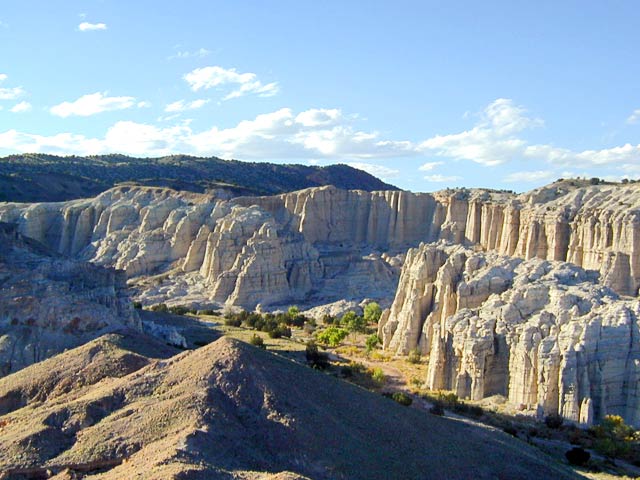
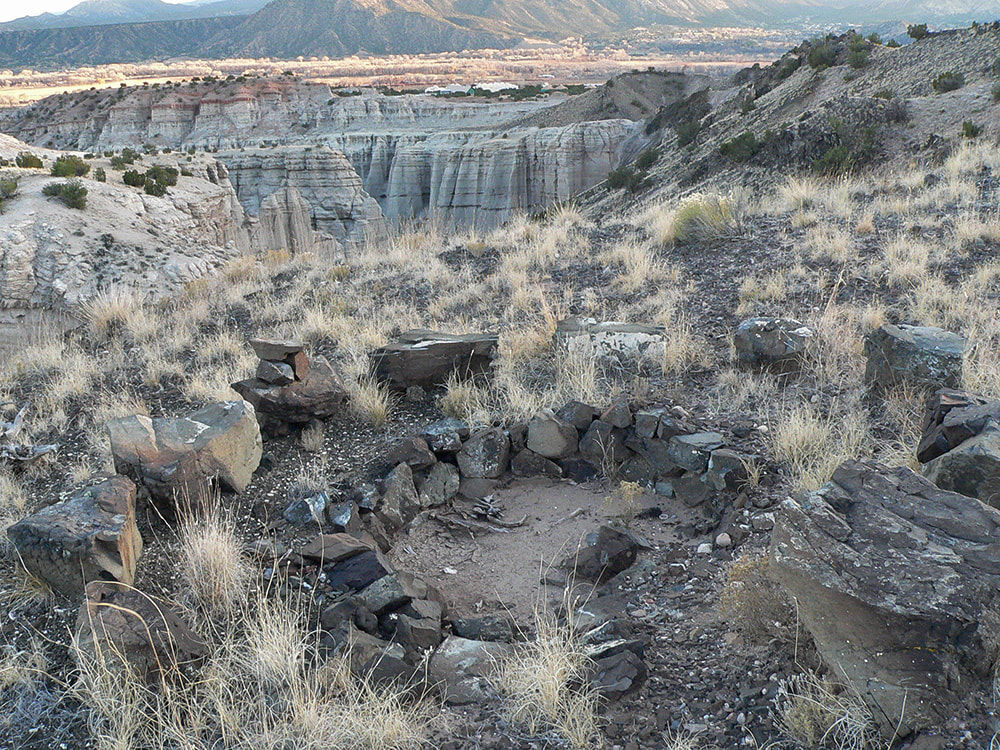
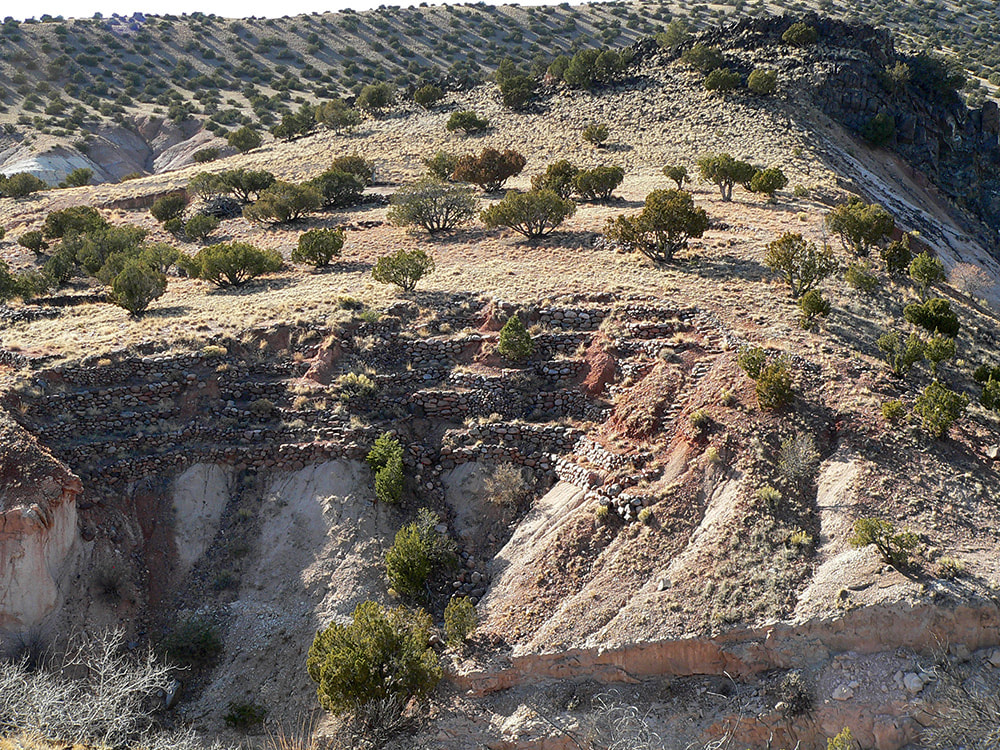
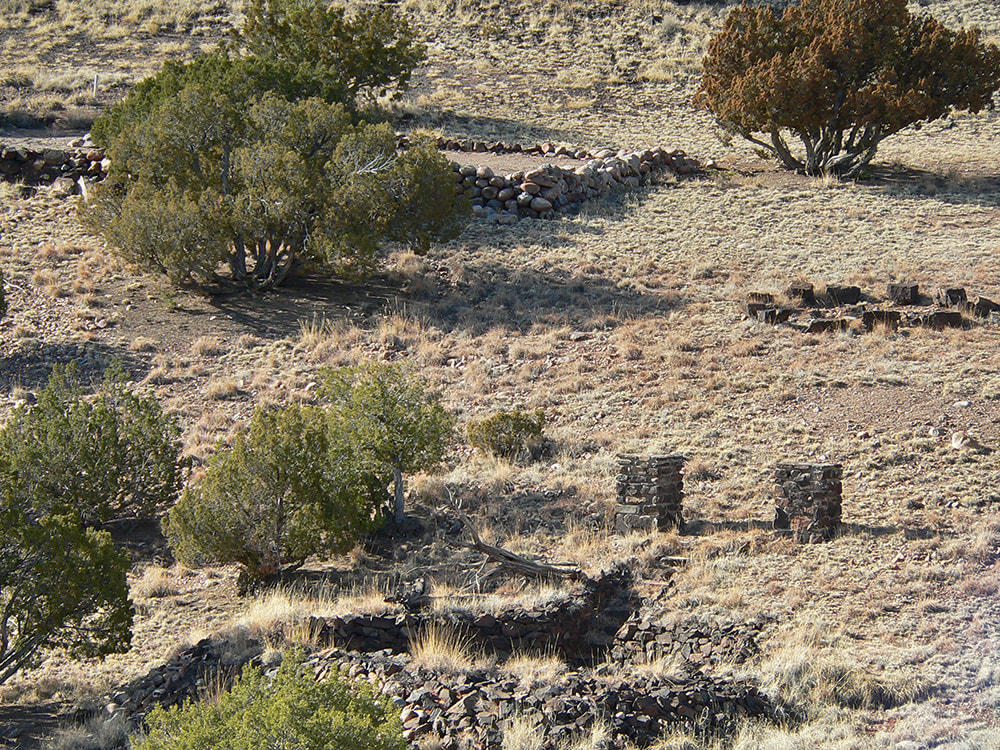
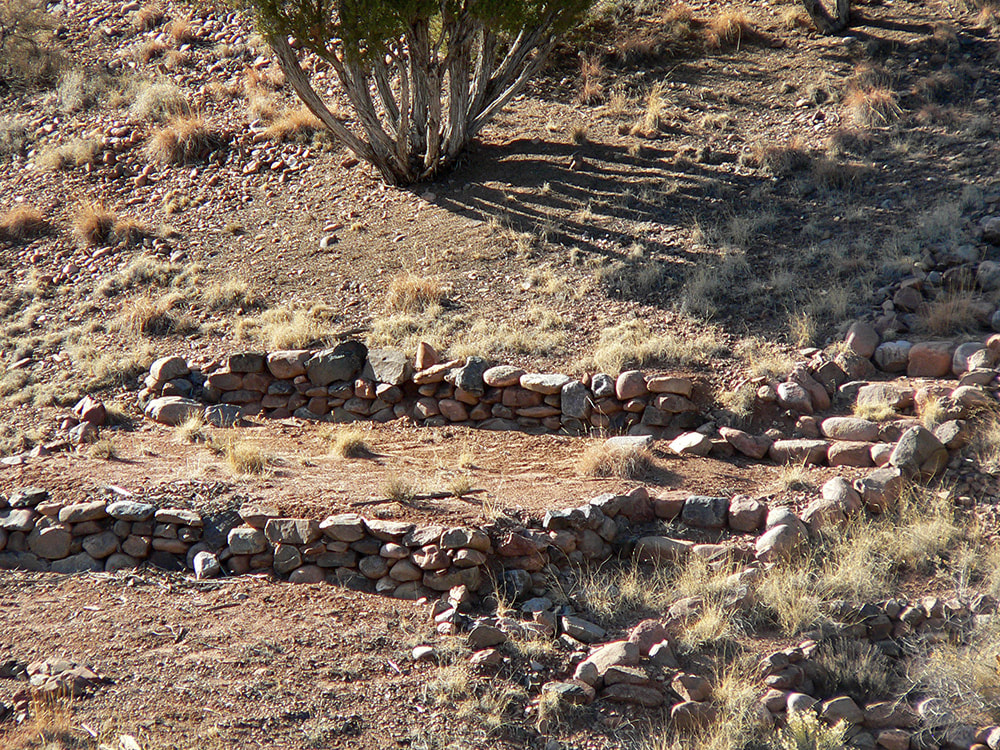
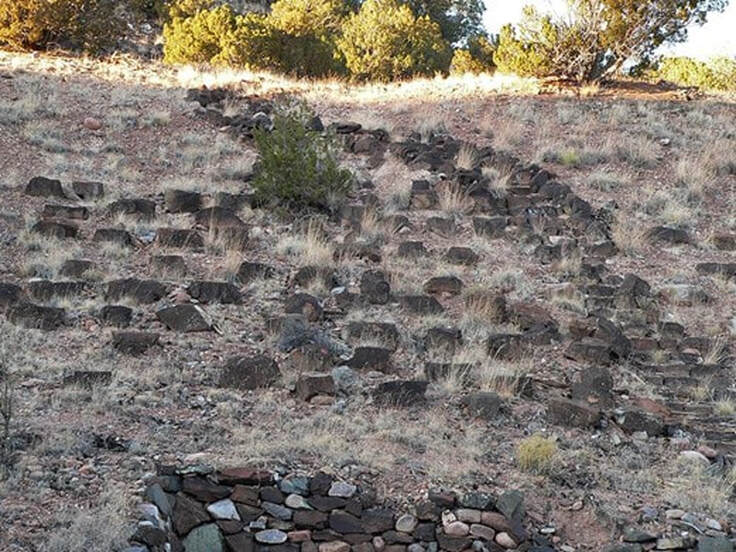

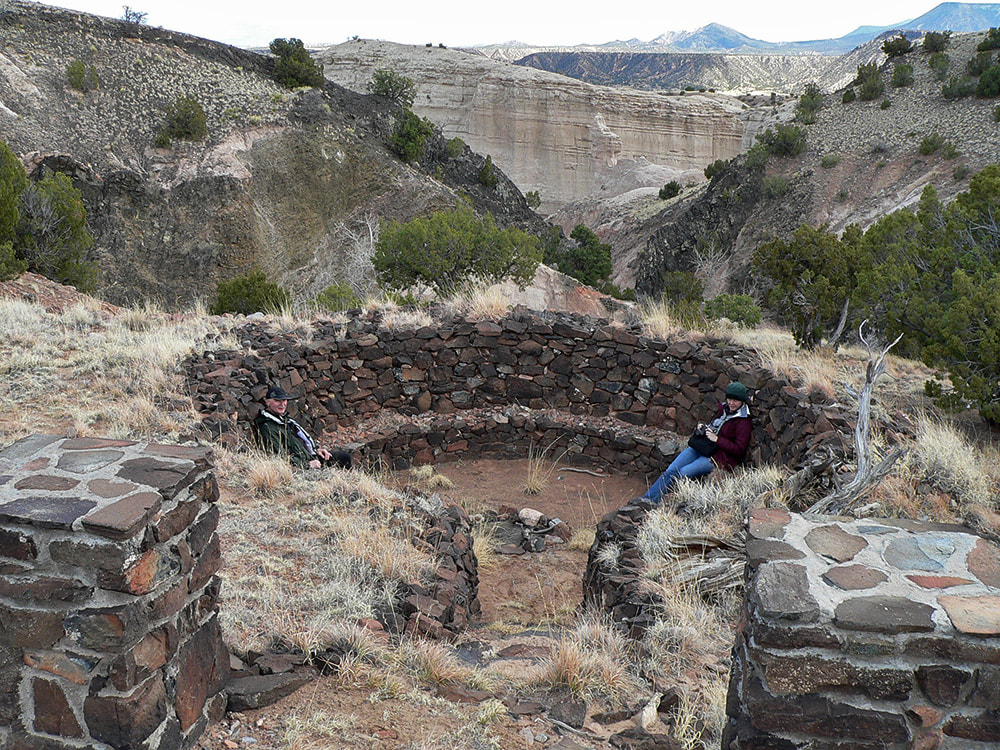


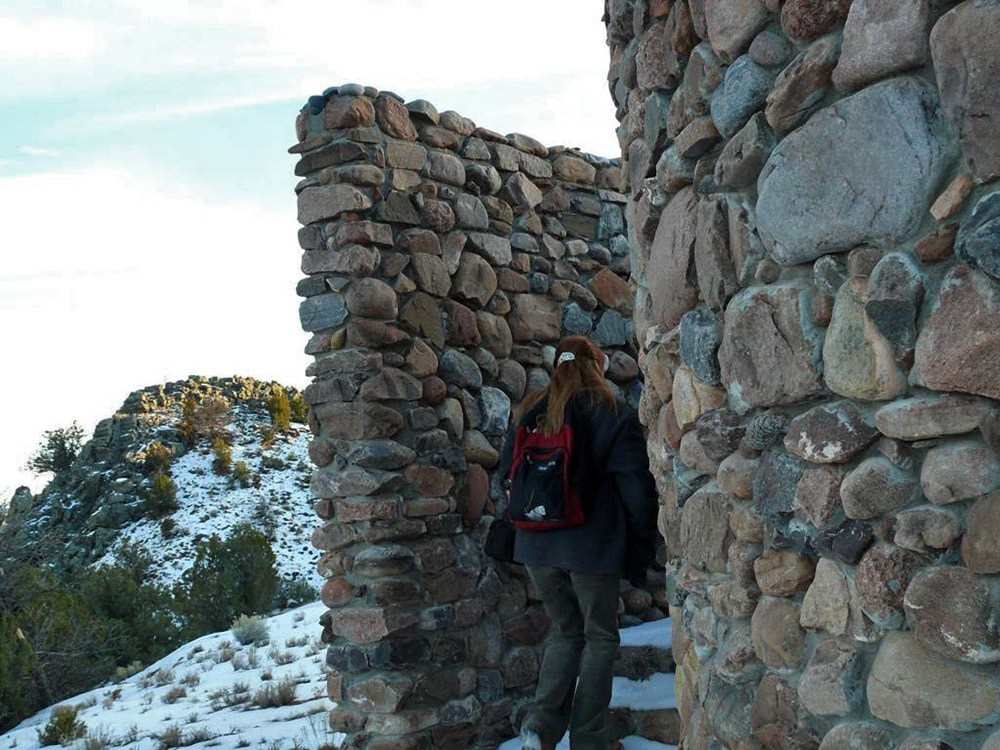

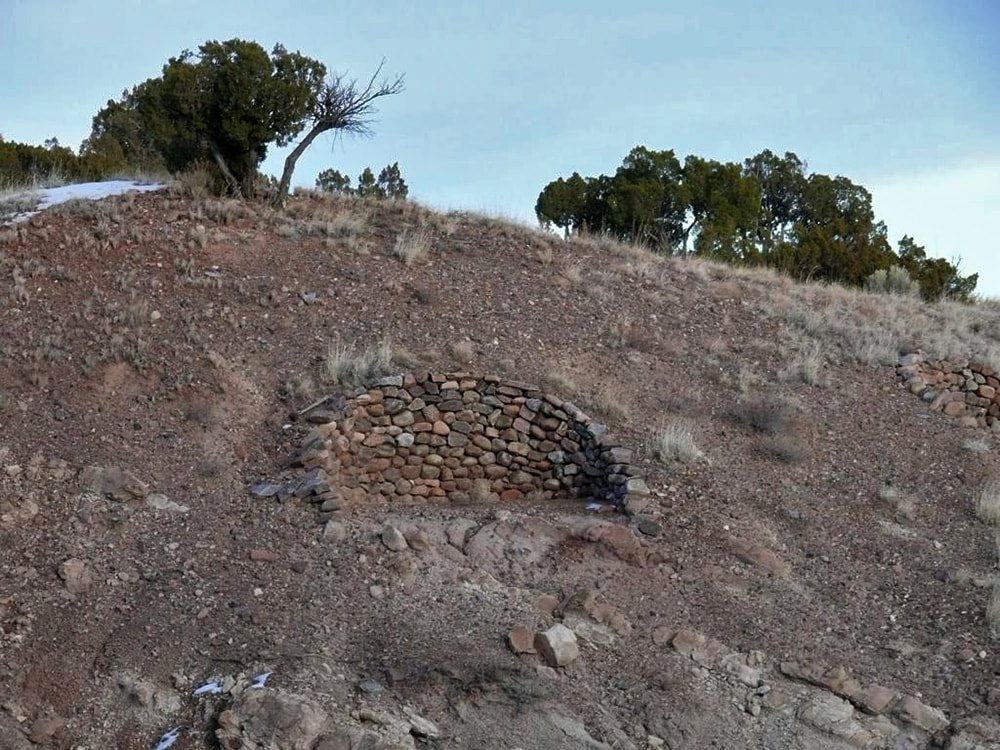


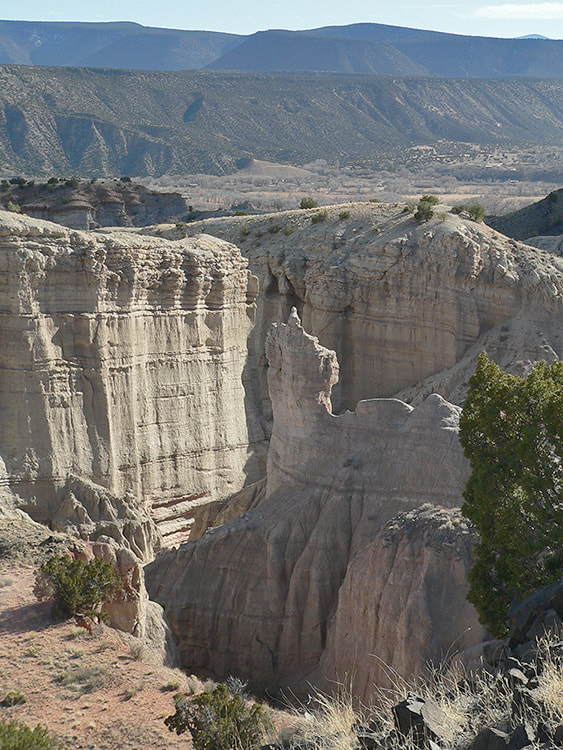


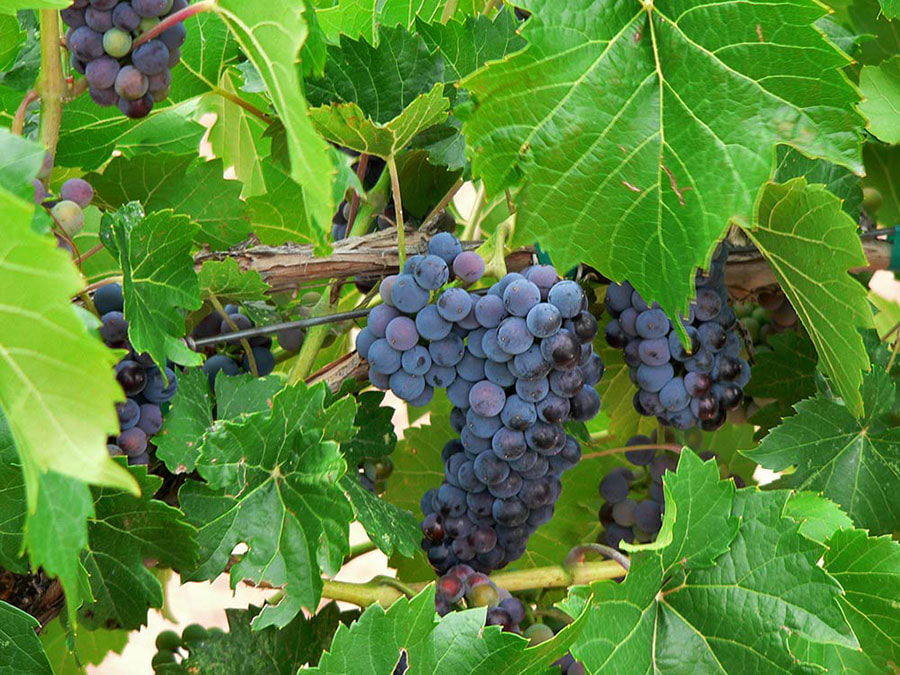

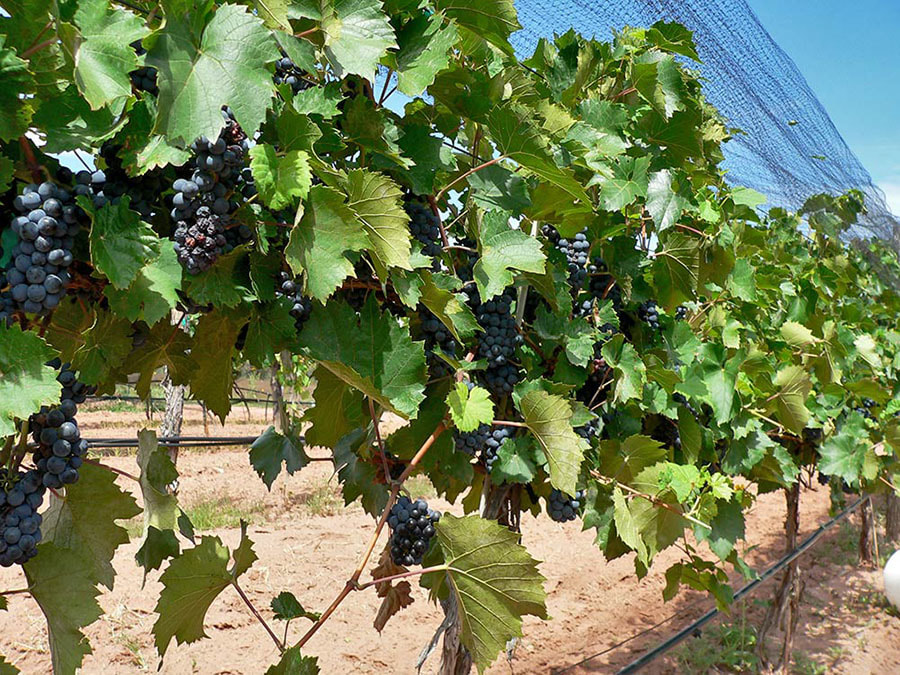
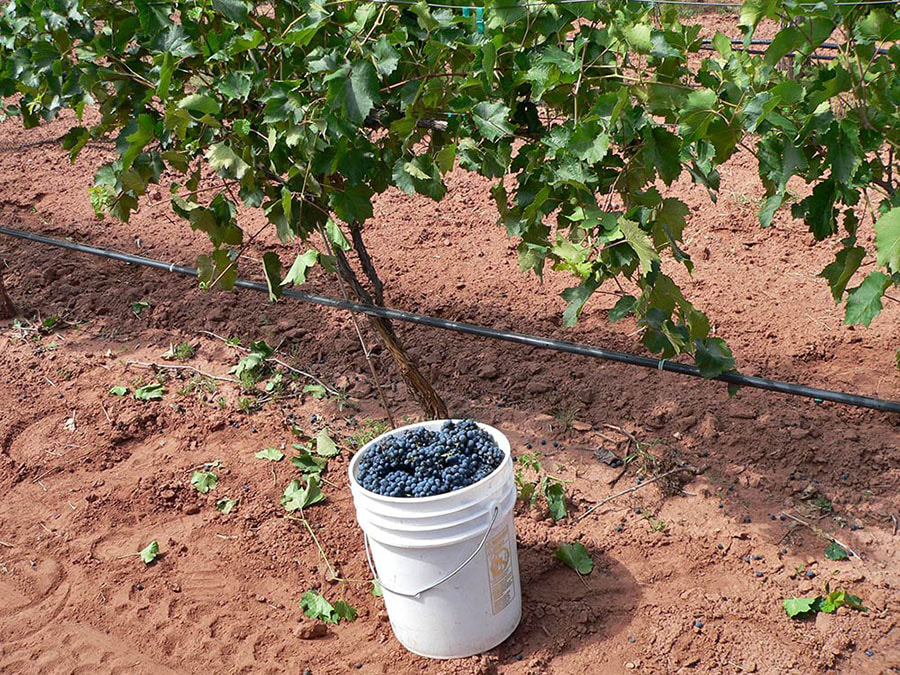
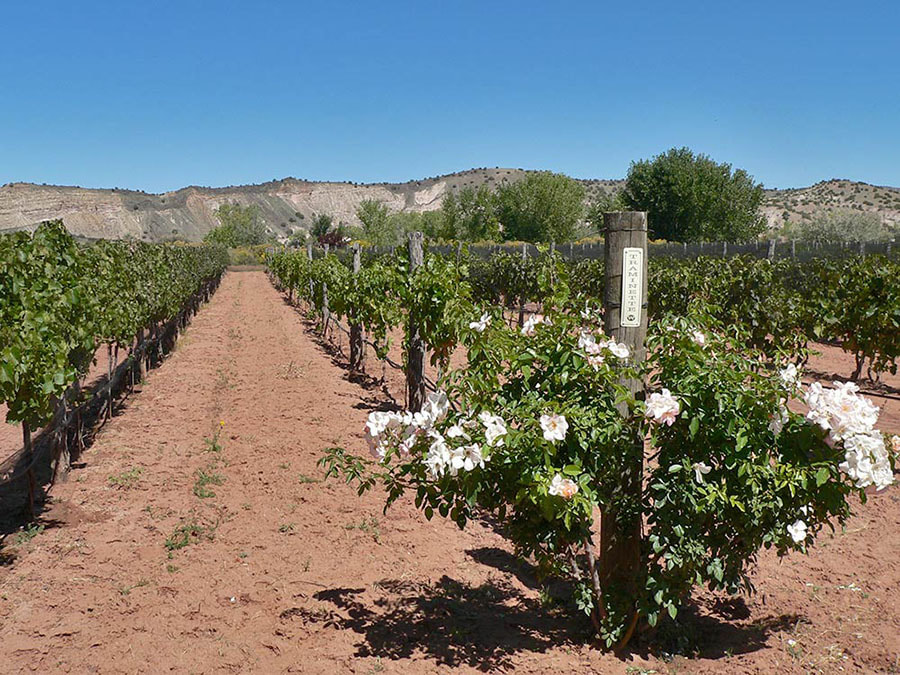
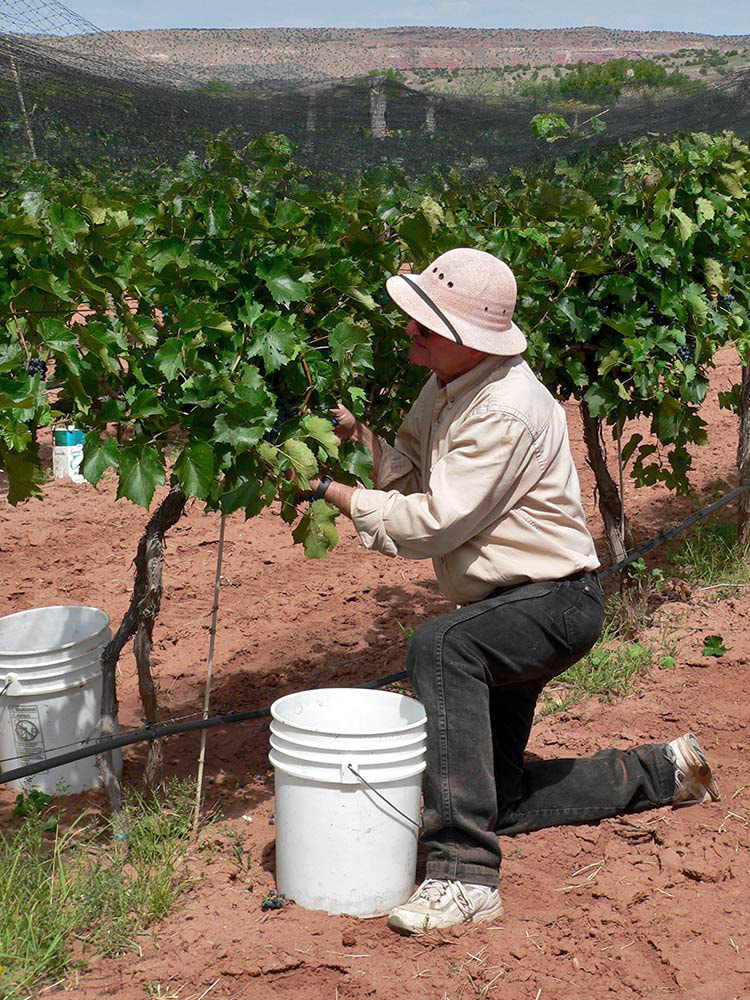

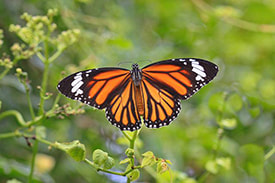
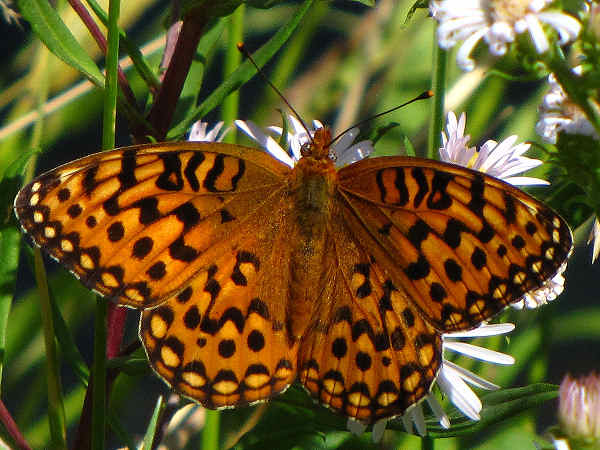

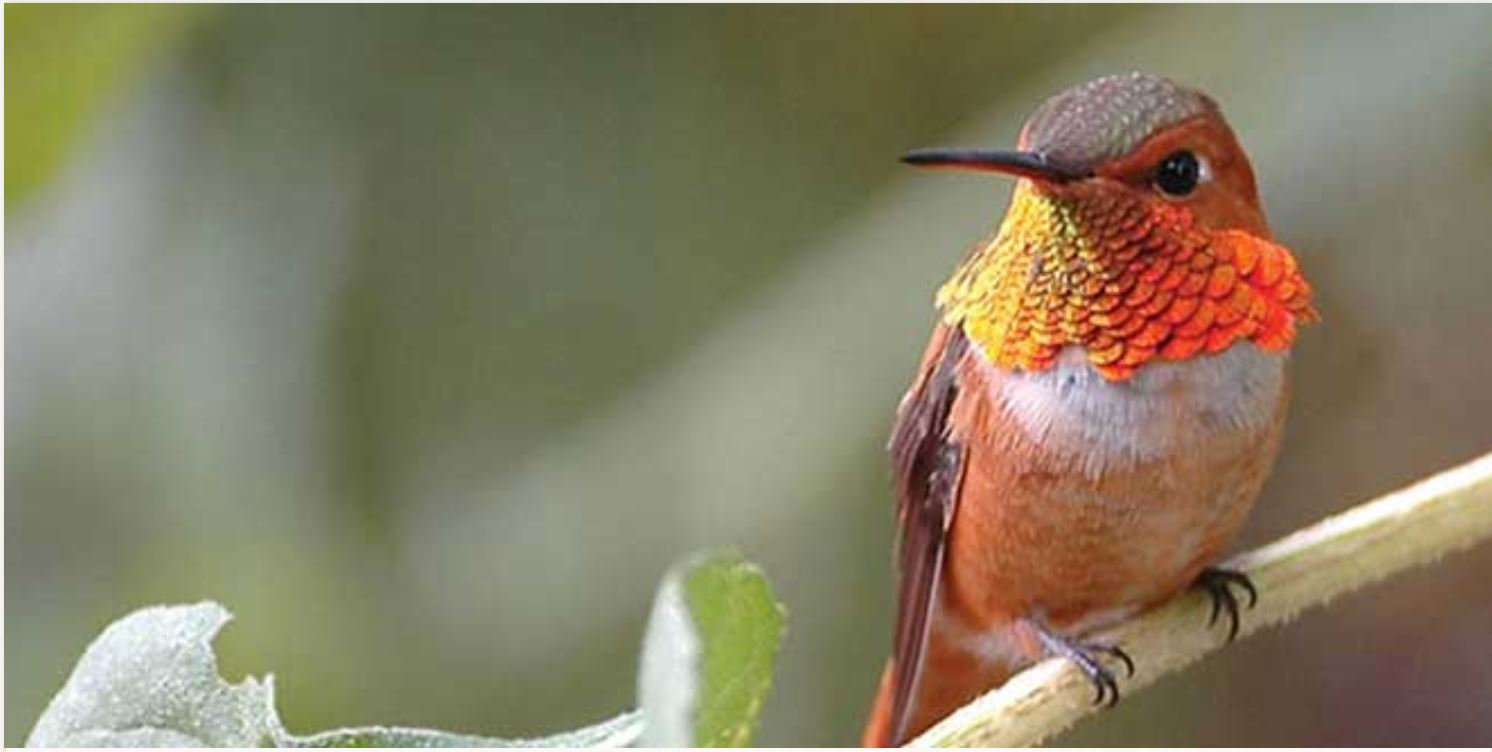

 RSS Feed
RSS Feed